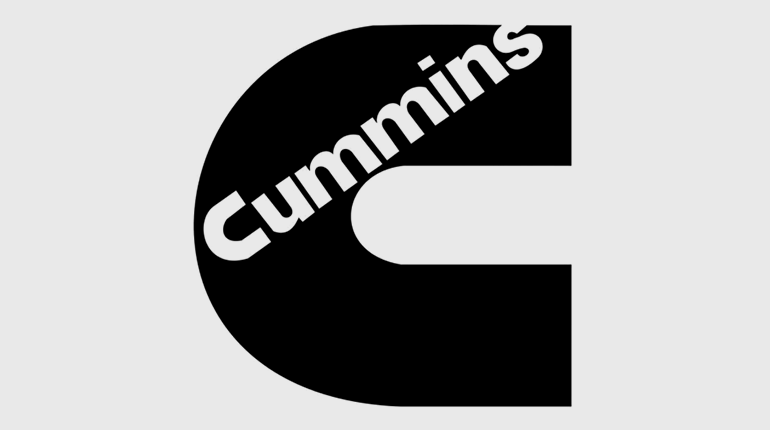SolarEdge Case Study - EV Fleet for European Retailer
SolarEdge, utilizing Xendee’s platform, helped a European retailer replace diesel trucks with EVs by expanding on-site solar and battery storage,...

A semiconductor manufacturer was looking to relocate its operation from Europe to the rural United States, and required uninterrupted power for their clean room. An existing solar array along with other DERs needed to be analyzed for feasibility.
A manufacturer was looking to relocate its operation from Europe to the rural United States.
Their operation required continuous operation to power a clean room, where a loss of power could be extremely costly. They were working directly with the local utility to determine a low cost, carbon free, and reliable solution that was impervious to the changing climate and generational ice storms.
The utility was interested in utilizing an existing solar array they installed in an adjacent field across the road as part of the solution.
Xendee’s multi-node DESIGN capabilities allowed for a model to consider both the adjacent solar array through a power purchase agreement and an on-site solution of solar photovoltaics, energy storage, and electric heat pumps for heating and cooling needs.
The ability to quickly model different outage scenarios allowed us to examine the trade-off of resilience with system costs. We also examined the use of a hydrogen production and storage system as a clean alternative.
Xendee completed the analysis with two rounds of revisions in under 24 hours from the introductory call to the final deliveries.
It found that the hydrogen based system had a levelized cost of energy of $0.07/kWh greater than the solar and storage solution, and $0.02/kWh greater than buying power from the utility directly.
Xendee also found solutions with greater than 3 days of resilience was extremely cost prohibitive due to the large battery size needed. The optimal solution, which provides three days of resilience, costs the same (in terms of levelized cost of energy) as buying all power from the utility.
It was observed that purchasing on-site solar was more expensive than buying power from the adjacent solar field, but provided a higher level of resilience.
Using the multi-node functionality allowed us to automatically create a one-line diagram that the client could use in their proposed design.

SolarEdge, utilizing Xendee’s platform, helped a European retailer replace diesel trucks with EVs by expanding on-site solar and battery storage,...

Recent webinar about how Cummins' Power Integration Center (PIC) combined Xendee's OPERATE tool with their advanced controller to optimize...

In this recording view how Mainspring Energy's Linear Generator differentiates itself from traditional power generators and how you can use...